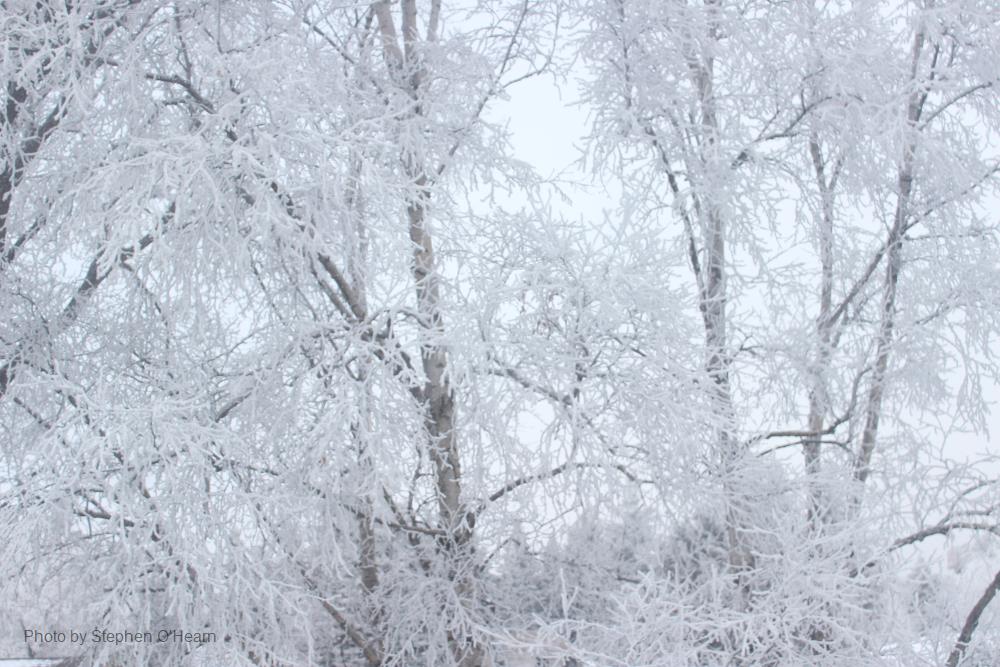
Related items loading ...
Section 1: Publication
Publication Type
Journal Article
Authorship
Melser Ramon, Coops Nicholas C., Derksen Chris
Title
Characterizing satellite-derived freeze/thaw regimes through spatial and temporal clustering for the identification of growing season constraints on vegetation productivity
Year
2024
Publication Outlet
Remote Sensing of Environment, Volume 309, 2024, 114210, ISSN 0034-4257
DOI
ISBN
ISSN
Citation
Melser Ramon, Coops Nicholas C., Derksen Chris (2024) Characterizing satellite-derived freeze/thaw regimes through spatial and temporal clustering for the identification of growing season constraints on vegetation productivity, Remote Sensing of Environment, Volume 309, 2024, 114210, ISSN 0034-4257
Abstract
Vegetation growth and productivity in Canada's boreal are governed by a characteristically short growing season, which is largely driven by the Freeze/Thaw(F/T) cycles that constrain the supply of water and nutrients through seasonally frozen soils. Since much of the vegetation in the Canadian boreal consists of evergreen species which do not experience large seasonal cycles in photosynthetic biomass, monitoring this growing season through the use of visible and near-infrared wavelengths via spectral indices such as the Normalized Difference Vegetation Index (NDVI) has proven difficult. To adequately capture growing season constraints in these northern environments, microwave remote sensing offers potential. L-band passive microwave observations are sensitive to near-surface soil moisture conditions and can monitor F/T states effectively due to the high contrast in permittivity between frozen and thawed soils. We characterize F/T information using products from both the Soil Moisture Ocean Salinity (SMOS) and Soil Moisture Active Passive (SMAP) missions. Daily F/T retrievals are classified into distinct growing season phases based on a 7-day moving window approach and are used to generate a suite of 12 temporal metrics over the 2017–2019 period including growing season length, timing of the fall freeze transition, ephemeral F/T events, and the total number of state transitions. Several key metrics are also generated from in-situ soil temperature datasets for comparison with the SMOS and SMAP datasets. Uncorrelated F/T metrics were then leveraged to delineate unique regions of F/T-derived growing season characteristics using a K-means clustering approach. Regions derived from SMOS and SMAP F/T retrievals were assessed for their ability to capture unique spatial constraints on vegetation productivity with reference to modelled Gross Primary Productivity (GPP) obtained from SMAP and a MODIS/Fluxnet synergy product. Our results indicate that both SMOS and SMAP-derived F/T metrics correspond with unique spatial patterns in vegetation productivity, illustrating the F/T cycle constraints on the seasonal availability of soil moisture, nutrients and suitable soil temperatures required for vegetation productivity across the Canadian boreal. In addition, the relationship between the SMAP and SMOS F/T-derived growing season length metrics and reference GPP yielded rates of change at 5.30 and 5.64 gC m?2 yr?1 per 1-day increase in growing season length. These estimated rates of change are similar to those identified by studies using complex process-based ecosystem models and in-situ eddy covariance data from flux towers. These similarities highlight the potential of this simple and robust remotely sensed approach for capturing climatic drivers of land cover and vegetation productivity not currently represented in common Canadian ecological regions.
Plain Language Summary


 GWFNet
GWFNet Master
Master Data
Data Research
Research Map
Map
 Advanced
Advanced Tools
Tools
 . . .
. . .
 Metadata Editor
Metadata Editor
 Record List
Record List
 Alias List Editor
Alias List Editor
 Legacy sites
Legacy sites